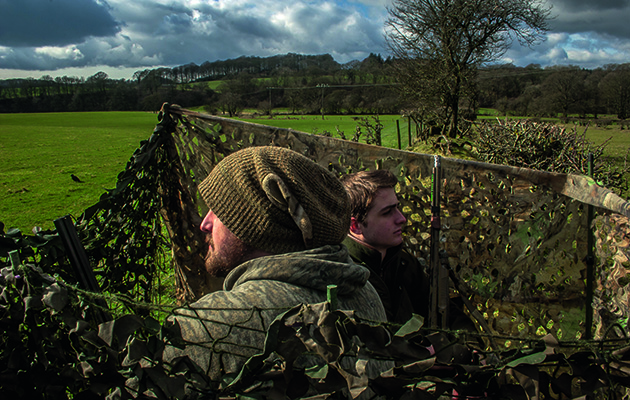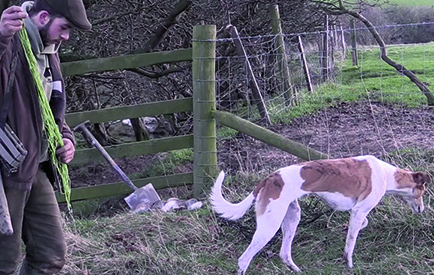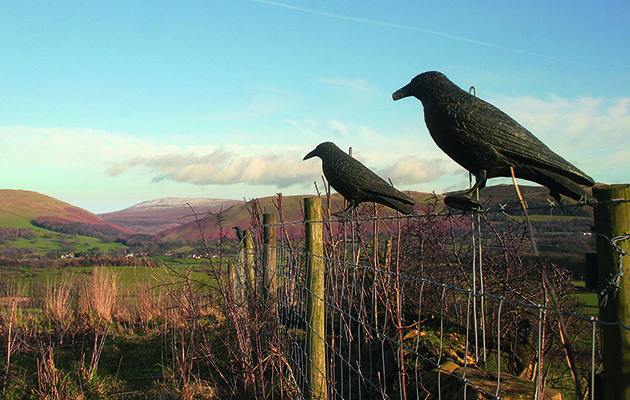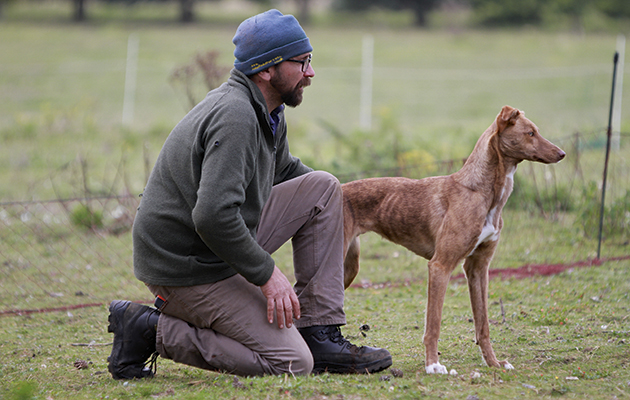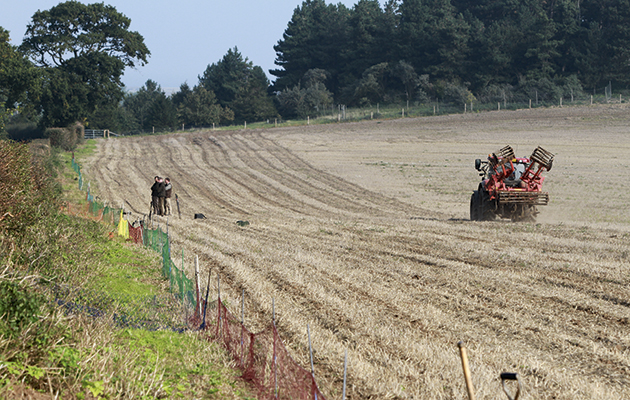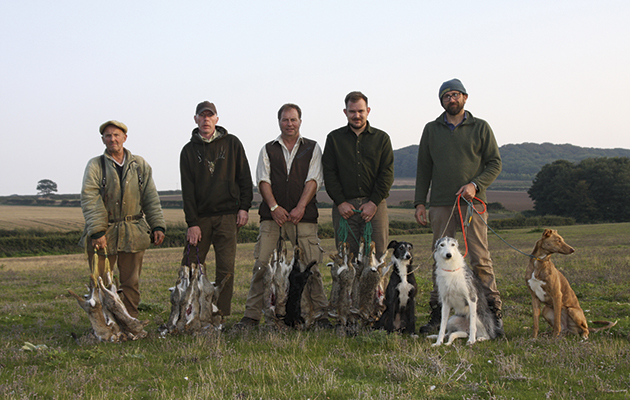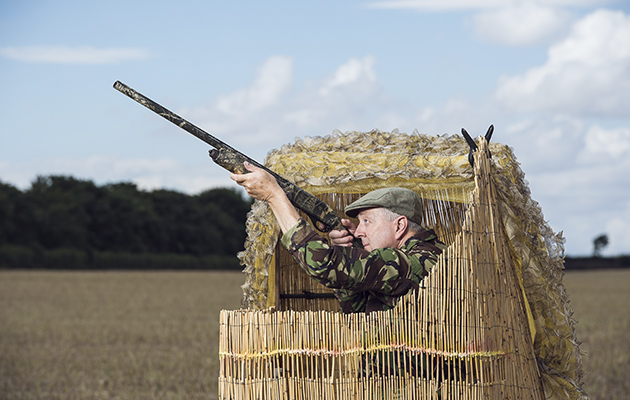The Rabbit: the ultimate survivor
I have spent decades learning to curtail the wild rabbit population and preventing the damage it leaves in its wake. The rabbit (Oryctolagus cuniculus) is an unequivocal pest — irrespective of what it says in the dictionary, it is an animal that is in the wrong place at the wrong time.
In the fields and gardens of the UK, rabbits cause millions of pounds’ worth of damage each year. But place them in a controlled environment and leave them to their own devices with a degree of management and they will help carve out a landscape for rare lichens and mosses to thrive, and for birds such as the stone curlew to nest and fledge their young.
The rabbit is a born survivor. It is hunted by every predatory species on our island, including Mother Nature herself. Recently, the estimated population of 40million has taken a massive hit following the wettest winter on record: large tracts of the mainland are now almost rabbit-free. However, this isn’t just down to the wet winter, but factors such as myxomatosis, Viral Haemorrhagic Disease (VHD) and, of course, man.
The male (buck) and female (doe) rabbits weigh between 1kg and 2kg and have the potential to eat up to 25 per cent of their body weight in greens every day.
Rabbits rely heavily on their incredible ability to breed consistently from maturity, which is reached at three months. More than 90 per cent of juvenile rabbits die before maturity; the majority within their first three weeks of life.


